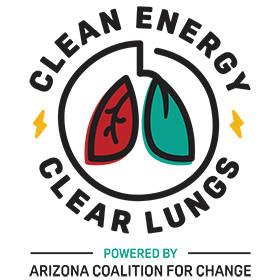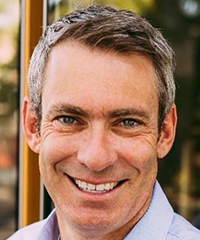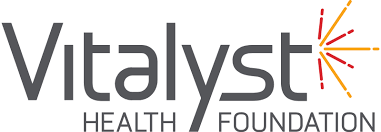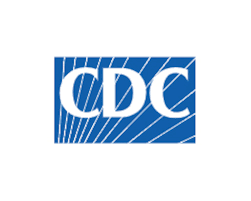Several months ago, the AZ Board of Regents and the three presidents of the state universities got together and committed to put together plans to alleviate the current and future healthcare workforce shortage. The most acute need is and will continue to be the shortage of primary care practitioners.
2022 Arizona Medically Underserved Areas Report
Primary Care Needs Assessment Report
They named the initiative the AZ Heathy Tomorrow plan, and the stated aims are to increase investment by each of our state’s public universities (both through partnerships with the private sector and state & federal government) to meet the longer-term healthcare needs of Arizona.
Arizona is currently short 667 primary care providers. That’s expected to grow to 2000 in the next few years without intervention.
The UArizona announced their part of the plan a few months ago- which focuses on doubling the number of medical school graduates and expanding its partnership with Banner Health to create a fully integrated academic medical center. UArizona’s plan also plans to use telemedicine and its rural health.
A couple of months ago ASU outlined their plan, which envisions a new medical school that will “… integrate clinical medicine, biomedical science and engineering”, growing its partnership with the Mayo Clinic, and expanding the nursing workforce. That plan seemed to focus more on high-end specialty medicine rather than the more acute needs – the shortage of primary care practitioners. Sadly, ASU’s plan didn’t mention anything about increasing the number of residency positions – which is the actual key to getting more workforce in the state.
See: What’s the Solution to AZ’s Doctor Shortage? More Medical Students or More Residencies?
The bottleneck in getting more physicians practicing in the field in AZ isn’t the number of medical school students in the pipeline… it’s mostly the number of residency slots that are available in AZ & geographic and specialty distribution of those residencies.
NAU’s Plan is Right on the Money
Thankfully, NAU hit the mark this week with exactly the right kind of plan, called NAU Health. It’s the only one of the 3 AZ Healthy Tomorrow plans that aims to improving health outcomes in rural, Indigenous, and underserved communities- and is the only one that squarely focuses on primary care. It’s also the only plan that highlights the need to build new community-based residency programs – which is the actual key to building the workforce.
NAU’s College of Medicine will also be intentionally designed to “… create accelerated pathways and affordable options for Arizona residents seeking an MD that will enable them to practice in-state while accruing minimal debt”.
NAU envisions a tuition coverage program like the Arizona Teachers Academy where graduates who stay to practice in Arizona after graduation will have educational costs fully covered. The also intend to build a curriculum that includes cultural competency and “… integrates behavioral health perspectives to improve outcomes for patients and their communities”.
That’s super important because the more debt a student leaves medical school with the more they are incentivized to go into a specialty (specialists and proceduralists get paid a lot more than primary care practitioners).
They’ll also have a “Pathways to Practice” system – an accelerated by 3-year medical education program. The NAU College of Medicine will emphasize teaching and practice as opposed to a more highly specialized research model often employed by medical schools.
NAU launches College of Medicine to address Arizona’s critical shortage of primary care physicians
Kudos to NAU for their thoughtful plan. It’s right on the money because it:
- focuses on primary care;
- is designed to lower the debt load of graduates (so they can afford to practice family medicine);
- recognizes that residency and preceptor development is a key to getting graduates to practice in AZ;
- is teaching rather than research-based; and
- will include cultural competency and will integrate behavioral health perspectives into the curriculum.
Well Done Team NAU!
See NAU’s Plan: NAU Health | Office of the President
NAU plans to build new medical school | 12news.com
Northern Arizona University announces plans to create medical school











